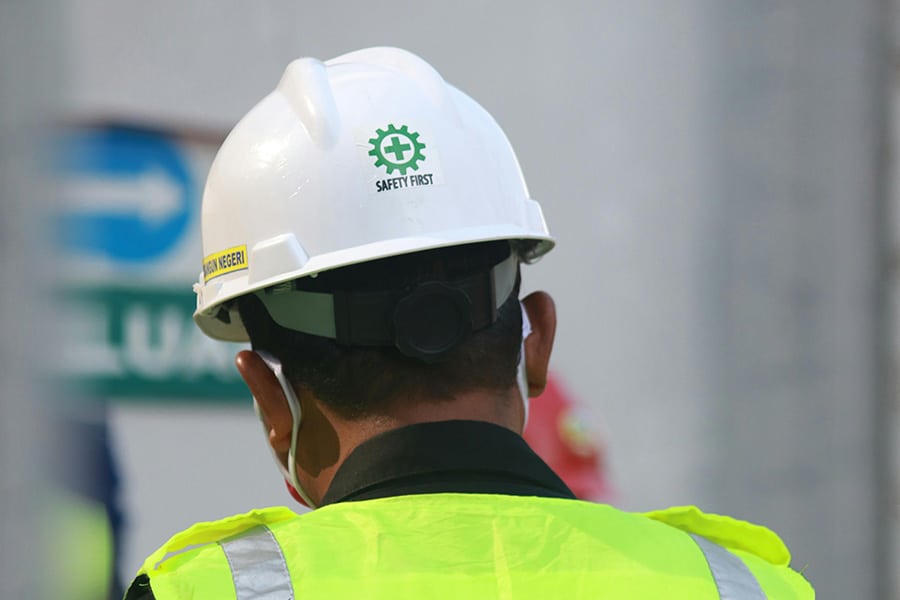
Here's how to make construction transport as safe as possible
Transportation around large construction and infrastructure projects usually presents challenges. What is the safest way to move storage containers and construction huts, a dormer or, for example, elements for a newly constructed sewer system under the road? Any risk of damage to other people's property and dangerous situations along the way must be minimized.
When transporting, the soil can be considered. What are the risks of the chosen construction transport soil in bad weather? For example, is there a chance that the materials to be transported will shift along the way during heavy rain or high winds? In addition, look at the route to be traveled. Where are the vulnerable or most challenging points on this route? Are there ways to avoid these bottlenecks during construction transport? Is it a reason to drive at a different time of day? And so on.
Safety around construction transport begins at the point of loading
Keeping construction transport running safely does not focus exclusively on the transport itself. It starts at the moment of loading at the supplier of building materials or, for example, the company's own storage facility. Make loading heavy construction materials as easy as possible by deliberately choosing a sturdy loading ramp here. A loading ramp prevents materials from having to be lifted onto a trailer. A forklift can drive the materials to be transported into the trailer via the loading ramp. This reduces the risk of damage to the loading area, the transport and the materials to be transported.
Instead of a loading ramp, a loading platform or, for example, a dock leveller may be worth considering. If necessary, such devices can be combined with a drive-in ramp to overcome any unevenness. Specifically for the fall and winter periods, the use of anti-slip plates on the loading ramp, loading platform or dock leveller are interesting. These are double-sided blasted 4 mm steel plates, which allow a forklift to have sufficient grip when transporting construction materials to prevent slipping.
Provide a safe place for unloading construction materials
Just as safety is important when loading construction transport, the same is true when unloading it. At the destination site, the use of steel or plastic road plates is highly recommended. Depending on the weight of the construction transport and the ground, sturdy concrete slabs may also be chosen. This way, the transport does not have to move through a subsoil of sand or mud, for example. This involves unnecessarily high risks.
In addition, the accessibility of an unloading site is important in a general sense. Make sure it is clear to the construction hauler where the materials can be unloaded after arrival.



